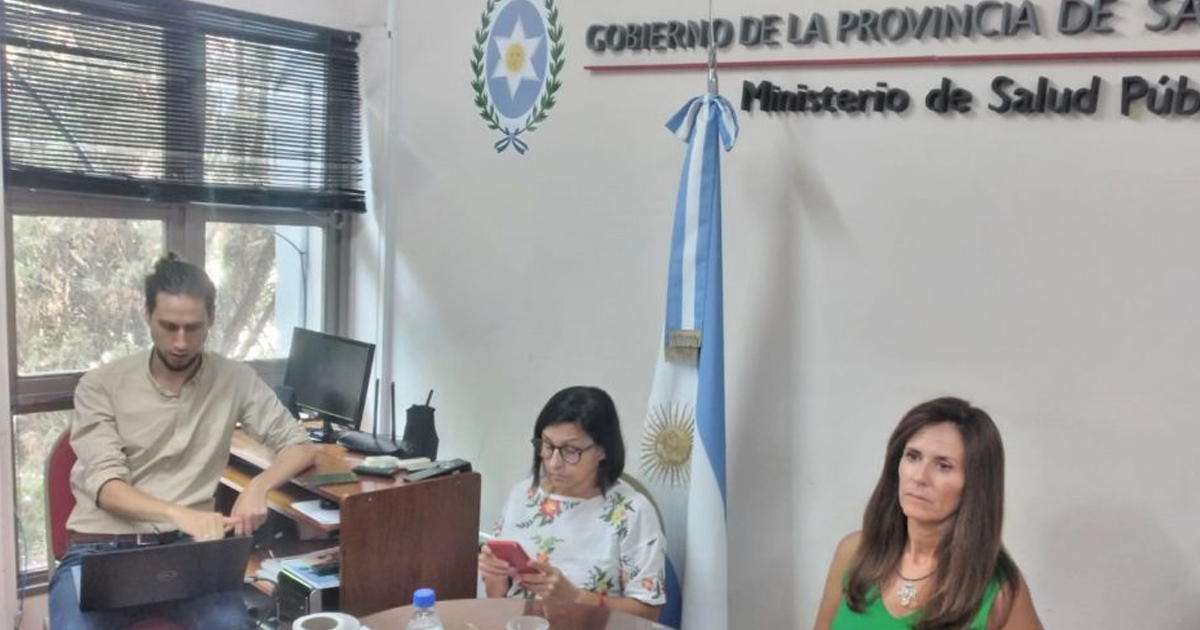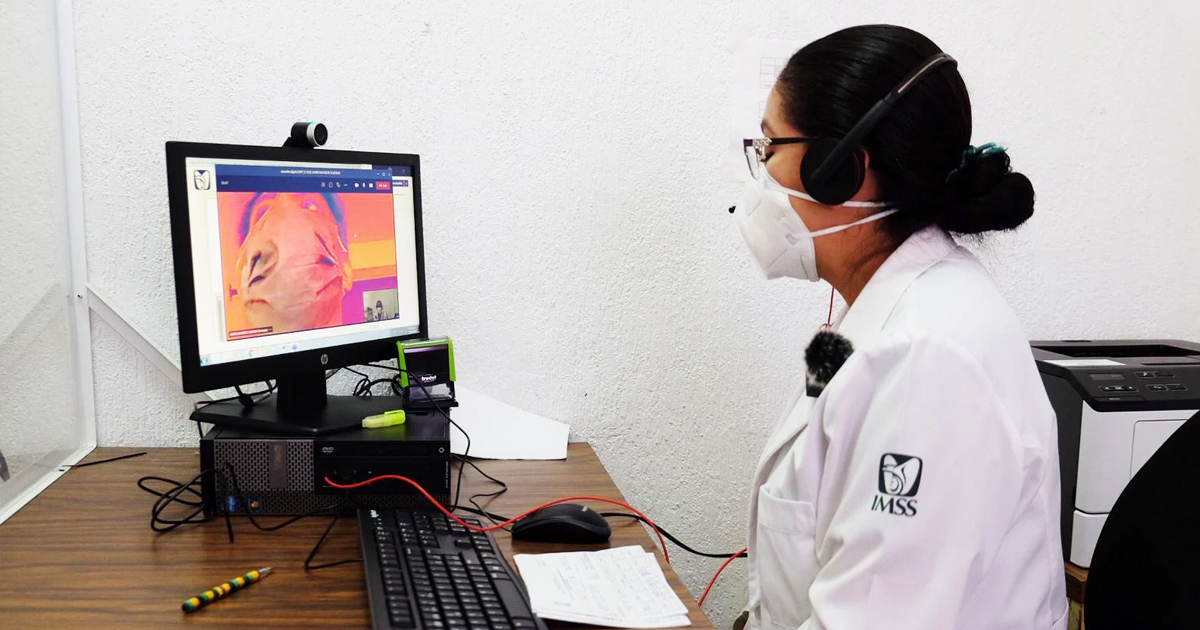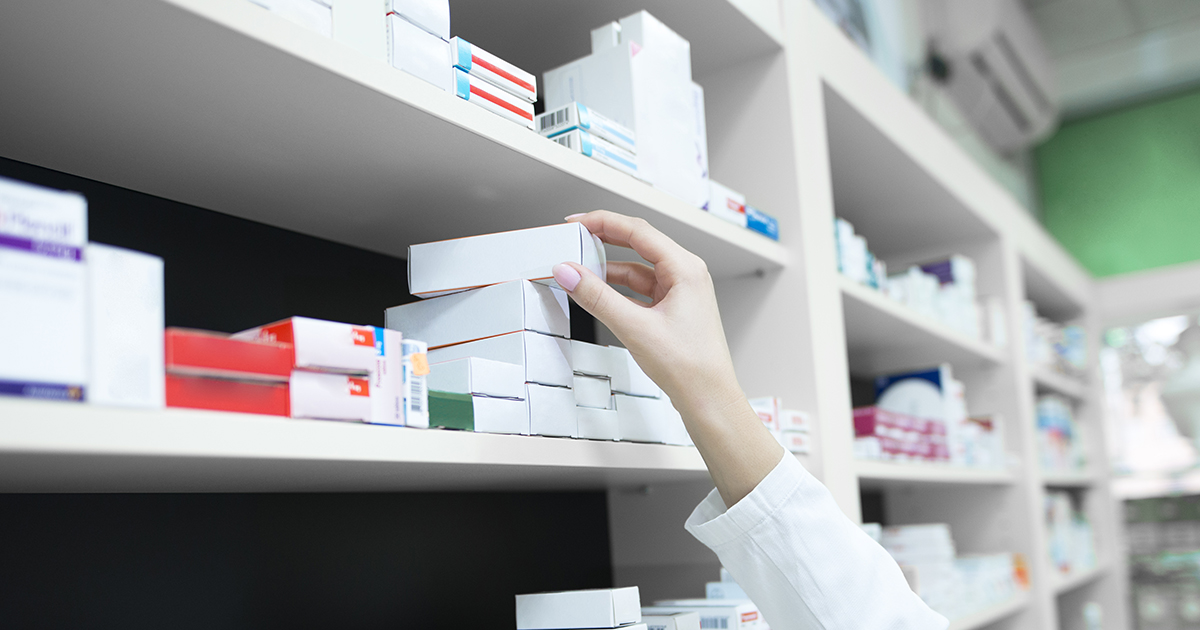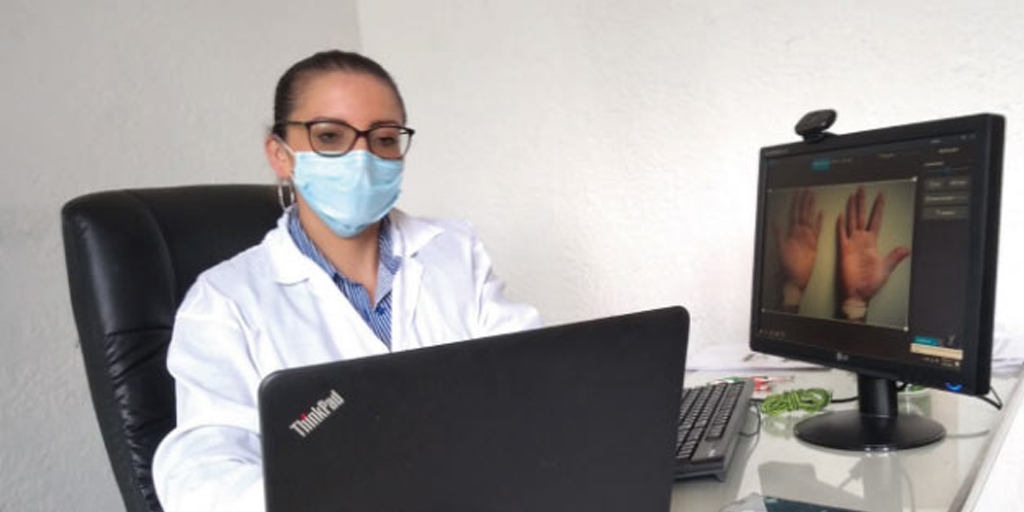Study uses mobile phone camera to estimate body fat percentage
The measurement of body composition is an important aspect for the prevention and control of diseases. For example, excess fat in the body, or adiposity, is a risk factor in the development of chronic diseases. Also, tools for body measurements, such as body mass index (BMI), can be inaccurate.
In this sense, the study in question aimed to evaluate the performance of a new automated computer vision method to obtain visual body composition (VBC). VBC uses two-dimensional photographs captured through a smartphone. conventional and according to the information evaluated can estimate the percentage of total body fat. This method is based on a state-of-the-art convolutional neural network.
The study hypothesis holds that the VBC achieves greater accuracy than other body fat measurement devices. Therefore, tests were conducted at two clinical sites, in which participants had their total body fat percentage measured with VBC, three consumers, and two professional bioimpedance analysis systems.
Thus, CBV had the highest overall agreement and the tightest limits of agreement among the methods used for this evaluation.
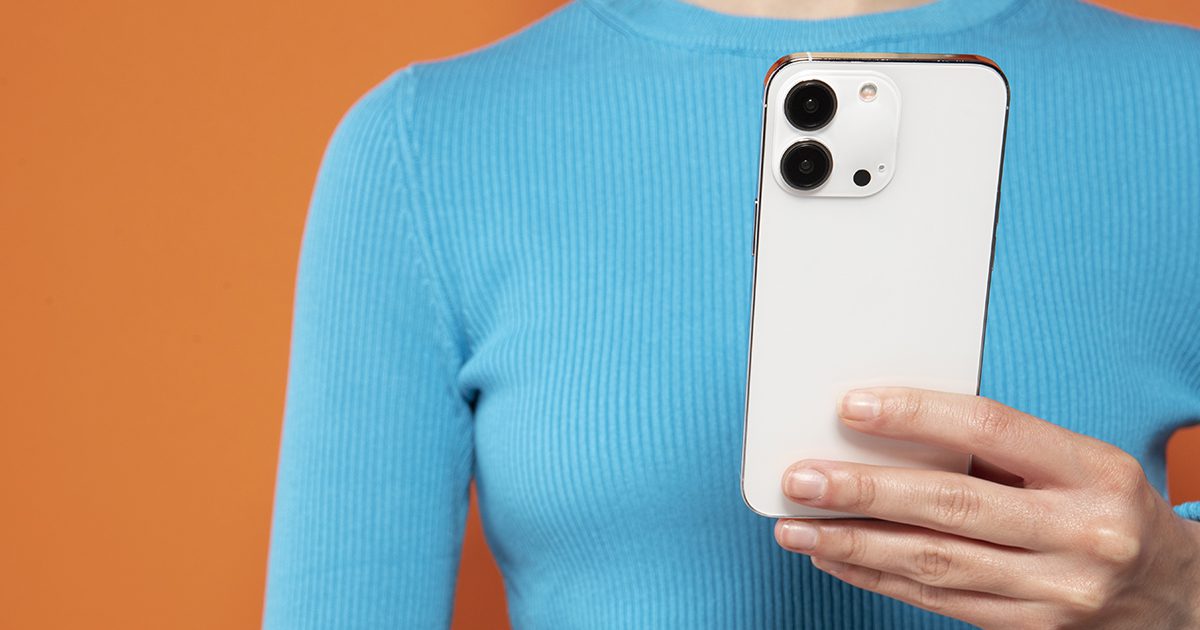
“While many other devices are available to capture a person's image and transform the quantified information into an estimate of body composition, VBC requires only two conventional photographs of the participant captured via their personal smartphone camera. These two images are sent securely to the cloud where they are: (1) segmented into person and background, and (2) passed to a CNN model that automatically analyzes the images, extracts visual features relevant to body composition, and generates an estimate of the percentage of total body fat”, explain the authors in the study
Learn more about this advance and the full results of the study at the following link: https://www.nature.com/articles/s41746-022-00628-3

